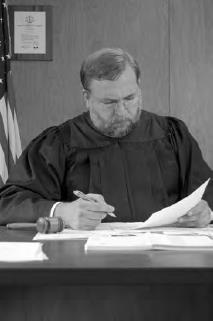The Court SystemJudiciary Act of 1789 |
If the majority opinion becomes the law of the land, are concurring and dissenting opinions important? |
Yes, concurring and even dissenting opinions can be important. Sometimes, the law will develop such that a concurring opinion will actually become the guidepost for future decisions in the area. A classic example was Justice John Marshall Harlan’s concurring opinion in the Fourth Amendment case Katz v. United States (1967). While Justice Potter Stewart wrote the Court’s majority opinion, Harlan’s concurring opinion and “reasonable expectation of privacy” test has become the opinion relied on by the majority of lower courts.
Similarly, dissenting opinions can be important, particularly if the U.S. Supreme Court overrules itself in a particular area of the law. A classic example of a dissenting opinion that became the law of the land was Justice Hugo Black’s dissenting opinion in the Sixth Amendment right to counsel case of Betts v. Brady (1942). The majority in Betts ruled that state courts did not have to provide an attorney to all indigent defendants charged with felonies in non-death penalty cases. However, the Court overruled that decision 21years later in Gideon v. Wainwright (1963) and, in a remarkable irony, Justice Hugo Black had the honor of writing the unanimous opinion for the Court, taking the same position that he took in dissent in Betts.

